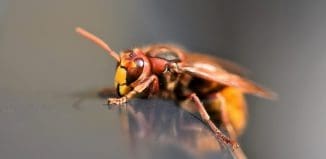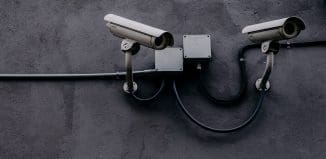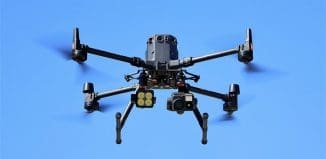UAVs for Maritime Environment Protection
This post is also available in:  עברית (Hebrew)
עברית (Hebrew)
The Mexican Secretariat of the Navy (SEMAR) announced that it had deployed Arcturus T-20 JUMP unmanned air vehicles (UAVs) to the coast of Sonora for maritime surveillance operations.
The surveillance system and its aircraft were officially handed over to the Mexican Navy on 28 July by the Secretariat of Environment and Natural Resources (SEMARNAT), which is understood to have financed its procurement.
Navy Secretary said during the ceremony that the new UAVs are expected to provide a significant increase in the service’s surveillance and interception capabilities in that region.
SEMARNAT secretary said the T-20s will be primarily used as part of the government’s efforts to protect a rare species of porpoise dolphines only found in the northern part of the Gulf of California. The aircraft will allow increased surveillance of a preservation area there, operating day and night to detect illegal intrusions and illegal fishing.
According to IHS Jane’s 360, the navy’s Arcturus T-20 JUMP surveillance system includes three UAVs that can be fitted with Cloud Cap Technologies TASE 200 or 400 gyro-stabilised gimbal electro-optics and infrared payloads, a vehicle-mounted control station, a logistics vehicle, control and satellite antennas, a pneumatic catapult for launching the aircraft, and a support vehicle.
The T-20 JUMP is an evolution of the original T-20 with added quad vertical rotors, thus providing a vertical take-off and landing (VTOL) capability. It retains other T-20 characteristics, including a maximum speed of 72 kt and endurance up to 16 hours, depending on the payload.





























